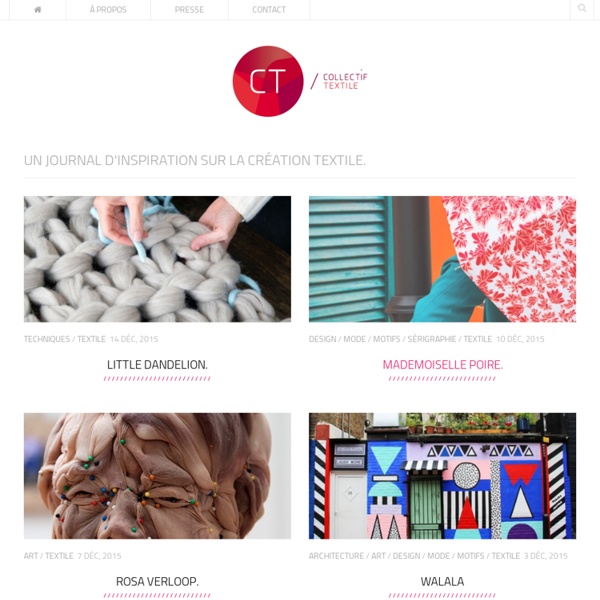



Fiber Wow. That’s about all I can say after reading how Kerri Pajutee creates her miniature animal sculptures. Burro and Foal polymer clay, acrylic paint, border leicester wool, alpaca fiber and flocking Pajutee, who only makes a limited number of sculpts a year to ensure she is able to keep balance in her life, covers aluminum foil armatures with polymer clay, bakes the 1:12 scale miniatures (1″ = 1′) and then gets busy. Standard Poodles polymer clay, acrylic paint, processed wool yarn The artist describes her process: “When I have finished detailing the sculpt, I will smooth the surface using sandpaper, wipe it down with acetone on cloth, and finish off with a bath of mild soap & water. After washing, the sculpture is handpainted with acrylics, and a permanent fiber coat is methodically applied (layer by layer) using tweezers and glue. I prefer using natural fibers of alpaca, wool, mohair, cashmere, cotton, or silk depending on breed type. Great Dane, raw polymer clay Great Dane OK. White Stag
[DE] Textile Forum Blog – From the editors of Textile Forum magazine (1982-2013) The Textile Society | Home Page [BE] papier peint / KIK-IRPA Le glossaire répond à deux besoins : d’une part, permettre aux personnes qui alimentent la base de données Inventaire de s’accorder sur la signification des termes, afin de les utiliser à bon escient et de manière constante, et d’autre part aider les usagers dudit Inventaire. Plus largement, il vise à aider toute personne confrontée aux papiers peints à les identifier, les décrire et les dater. Un maximum d’ouvrages de référence a été dépouillé, du 18e siècle à nos jours, de L’Encyclopédie aux catalogues contemporains, en passant par des livres de vulgarisation, des grammaires décoratives, des compendiums de chimie, etc. Il était important de définir aussi les appellations anciennes, afin d’aider le chercheur à comprendre des documents d’archives ou les publicités d’anciens journaux. Selon les sources, des divergences sont apparues dans l’acception des termes, qu’il s’agisse de la fabrication ou de matières premières. Chapitres 1. 2. 3. 4. 5. 6. 7. 8. 9. 10. 11.
ETN: Basic information ETN is a non-profit organisation with its seat in Strasbourg and a secretariat in Hannover. Informally the Network was set up in 1991 in Erfurt and founded as an International Association after Alsacian law in 1993 under the auspices of the Council of Europe as the Carrier Network for the European Textile Routes in the frame of the Council of Europe´s Cultural Itineraries programme. The members (institutions, groups and individuals) a) Artists, crafts people and designers (associations) b) Individuals/institutions taking care of cultural heritage (museums etc.) c) Lecturers/institutions for education and research The aims 1. Development of European co-operation for the field of textile culture 2. Furtherance of East-West integration within all fields of ETN activities 3. The financing The daily activities of the association by the Board members and group leaders are done on a honorary basis without compensation of expenses. About the history of the Network
[GB - FR - US] Vestoj - The Platform for Critical Thinking on Fashion The Velvet Highway - Time and Line: brief history of Modern Tapestry Tapestries being woven with discontinuous weft on vertical loom also known as high warp (haute lisse), have been seen illustrated on Egyptian grave goods found in the grave of Beni-Hassan (1700-2000 B.C)[i]. Low warp ((basse lisse) weaving on a horizontal plane develop at a later period. Today the distinction in the two forms of Tapestry is often referred to as Goblin (high warp) or Aubusson (low warp), but it is the use of the discontinuous warp that identifies it as tapestry. The inserting (interlacing) of coloured yarn to build shape, shading, and line, beside a different colour yarn that builds another shape etc. etc. etc., beside yet another coloured yarn to create the tapestry picture. “Tapestry: a piece of tissue or handiwork used for decorating a bedroom or any other room of a house. In the beginning of the 20th century the state of tapestry weaving was in a somewhat disorganized and failing state. “They are- or they were intended to be – in close touch with contemporary life.
[FR] Musée des Tissus -Lyon Projet Arachné